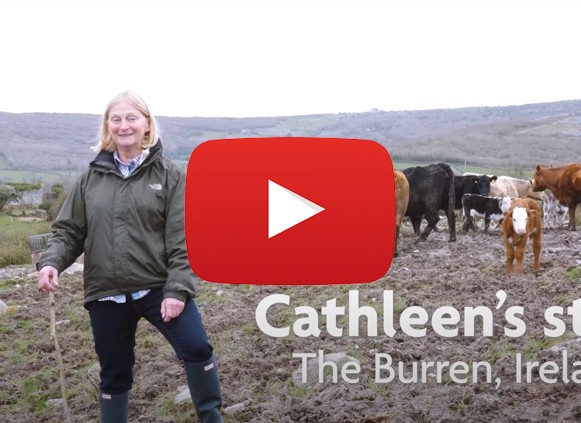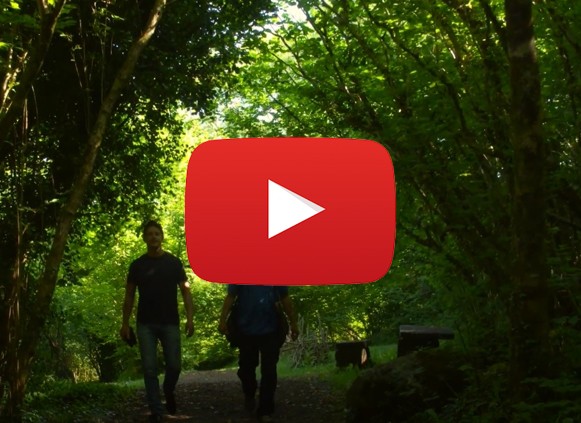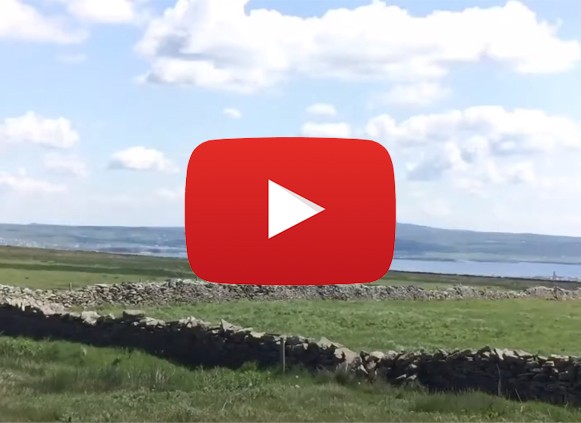Salmon – Masters of Transformation
Burren Food Gem #7
 Salmon is delicious on the plate, but did you know that they are an amazing species of fish? They have two quite unique sets of skills, and we want to look at one of them here: the transformation from a freshwater to a saltwater fish.
Salmon is delicious on the plate, but did you know that they are an amazing species of fish? They have two quite unique sets of skills, and we want to look at one of them here: the transformation from a freshwater to a saltwater fish.
Most salmon are anadromous fish, meaning they are born in freshwater (rivers or streams), travel to and live much of their lives in salt water and return to freshwater to spawn. After spawning, most of the salmon die within a few weeks. The salmon that do not die can spawn two or three more times.
There are a few species and subspecies of salmon, like the Danube salmon and the Kokanee salmon, that spend their entire lives in freshwater and never migrate to the sea.
Anadromous fish include lampreys, sturgeons, shad, herring, salmon, trout, and striped bass. Some of these fish go through metamorphosis, which involves major physiological changes within the fishes’ bodies. This metamorphosis is called smoltification, also known as Parr-Smolt transformation. In salmon it involves changes in just about every characteristic of the fish.
The behavioral (drinking or not drinking) and physiological changes a salmon must make when moving from fresh water to salt water — and vice versa — are essential, but cannot be accomplished immediately. So, when a young salmon on its seaward journey first reaches the slightly saltier water at the mouth of its home stream, it remains there for a period of several days to weeks, gradually moving into saltier water as it acclimates. During this time, it begins drinking the water it is swimming in, its kidneys start producing a concentrated, low-volume urine, and the NaCl (Sodium Chloride or simply salt) pumps in its gills literally reverse the direction that they move the salt. They’re now pumping salt out of the blood and into the surrounding water.
Likewise, when an adult salmon is ready to spawn and reaches the mouth of its home stream, it once again remains in the brackish ( = less concentrated than full-strength sea water) water zone of the stream’s mouth until it is able to reverse the changes it made as a juvenile invading the ocean for the first time.




